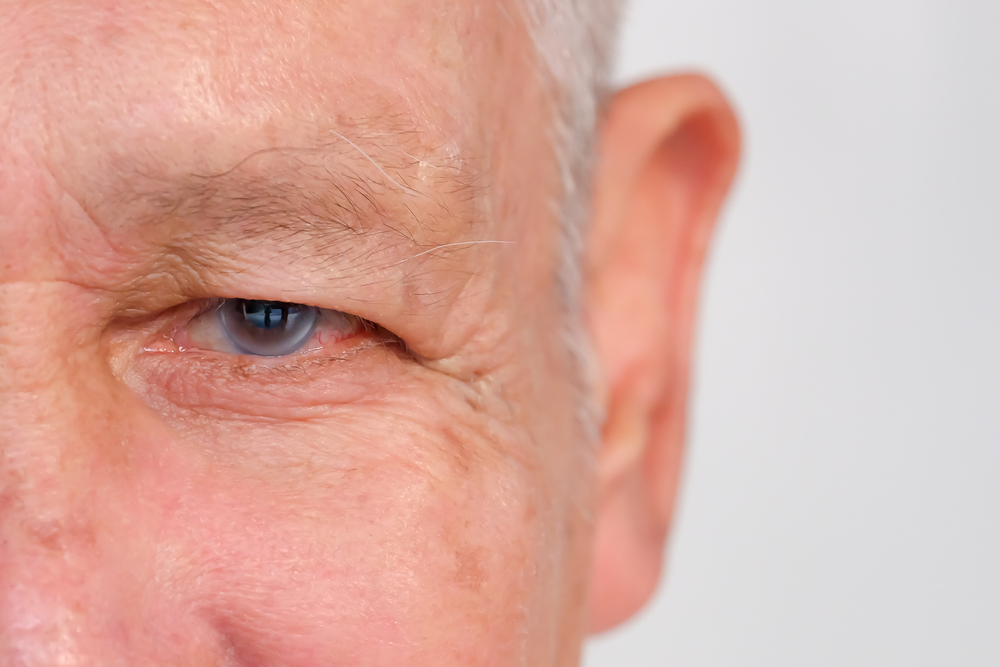
According to one study from a reputable source, roughly 33.75% of the U.S. population between the ages of 70 and 74 have cataracts. That increased to almost 50% for those between 75 and 79 and to just over 65% for people over 80 years old. Although anyone can develop this eye condition, it’s most prevalent among the aging population.
Here’s another way to look at it. Cataracts affect approximately 20.5 million people over the age of 40. Then by the age of 65, about 90% of people in the U.S. alone develop them. Fortunately, eye care specialists offer several viable treatment options.
What Are Cataracts?
A cataract is a kind of film that covers the eyes. In other words, it clouds clear lenses, which makes it difficult to see. As an example, people with this eye condition say it’s similar to looking out a fog-covered window. As it worsens, individuals stop driving and often struggle with daily activities. Cataracts also make it hard to distinguish a person’s facial features.
What Causes Them?
Below are the four distinct types of cataracts:
Age-Related – As mentioned, these are the most common. There are also different types of cataracts specific to the elderly. A qualified eye doctor will determine the type a patient has, followed by recommending the best treatment.
Congenital – In this case, babies are born with them. Depending on the child, they can affect one or both eyes. Another thing, they don’t always diminish eyesight although they can.
Secondary – This type usually develops in response to some type of disease within the body. Not only does that include diabetes but also steroid use.
Traumatic – Some eye injuries can also lead to cataracts. Sometimes, they show up almost immediately, while other times, they don’t appear for several years.
Usually, cataracts develop slowly. Also, it’s common for them to impact only a small area of the lens at first. For those reasons, a person can have cataracts for some time without realizing it. However, as time passes and the cloudiness becomes more noticeable, that’s when they need to seek medical intervention.
People with cataracts typically experience the same symptoms. These include:
Blurred or clouded vision
Increasing difficulty seeing, especially at night
Halos that appear around lights
Yellowing or fading colors
Light or glare sensitivity
Double vision that affects one eye
Frequently changing eyewear
Treatment Options for Cataracts
An ophthalmologist will first perform an eye exam and do some tests. Once they confirm a patient has cataracts, they’ll then offer options regarding treatment.
Keep in mind that to remove them and restore clear vision, an individual would need surgery. For this, an eye surgeon would remove the clouded part of the lens and then replace it with an artificial or intraocular lens. This is a permanent solution, meaning the artificial lens remains in the eye.
Not only do intraocular lenses replace the ones with damage, but they also correct refractive errors. For that reason, a lot of people don’t need to wear contact lenses or glasses afterward. Even if they do, it’s less than usual.
Restoring Vision
With the combination of advanced equipment and the skills of a board-certified eye surgeon, it’s a safe and effective surgical procedure. Most people completely heal in about eight weeks. If you’re dealing with any of the symptoms mentioned or you’re over the age of 60, be sure to have your eyes checked.
Reeve Woods Eye Center in Chico, California, specializes in diagnosing and treating cataracts, as well as other eye conditions. To schedule an appointment, call 530-317-3937.









